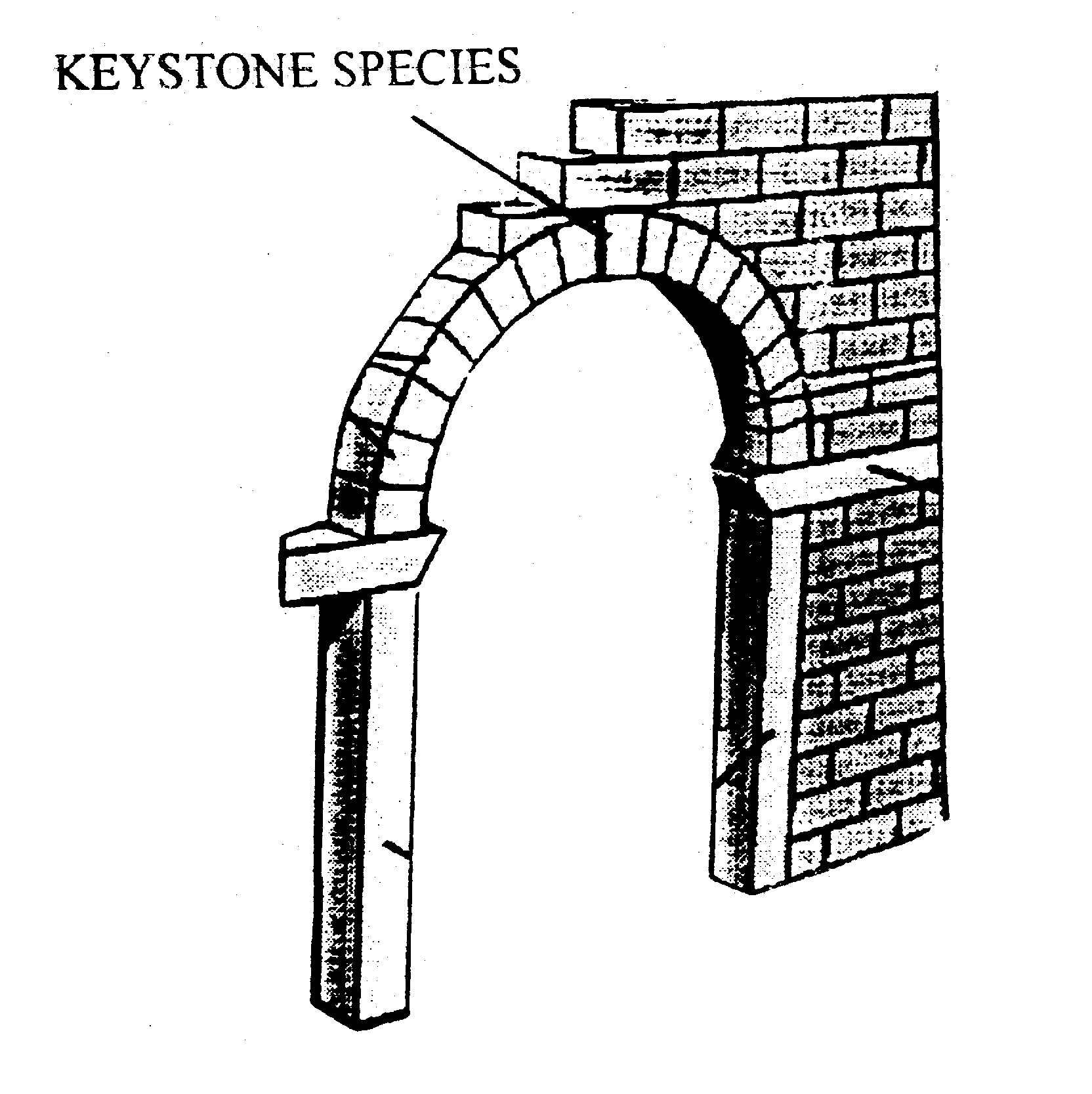 Apparently the city of Guelph Ontario loves their trees so much that they’re willing to kill their beavers to prove it. Not exactly sure how a lowered water table and weaker riparian border helps trees, but the good folk in Guelph must know best. They’re saying it doesn’t make sense to make a plan to protect trees without making a promise to kill their ‘predators’. And don’t talk to them about coppicing and new growth either!
Apparently the city of Guelph Ontario loves their trees so much that they’re willing to kill their beavers to prove it. Not exactly sure how a lowered water table and weaker riparian border helps trees, but the good folk in Guelph must know best. They’re saying it doesn’t make sense to make a plan to protect trees without making a promise to kill their ‘predators’. And don’t talk to them about coppicing and new growth either!
Coun. Bob Bell says a plan that the city is developing to better manage its trees over the next 20 years should include a section on one of the enemies of trees – beavers.
Enemies of trees? W0w. Strong language from a man who’s not afraid to call a spade a spade! So 300 years ago before Canada had killed its population of millions more beavers there was no forest canopy because all those beavers devoured them? Really? And it was only when people trapped every single last furry one and planted a few token trees in the ground that the canopy bounced back?
“It is definitely an issue, and I would hope our new forestry plan would address beaver removal,” he told a city council committee last week. Derek McCaughan, the city’s executive director of operations and transit, said city officials are looking at the problem of damage by beavers.
I’m sorry the oddly named city of Guelph is plagued by enemies of trees. Are there also enemies of information in your borders? Or will you listen when I explain how the trees you want to protect can be wrapped or painted with sand to prevent chewing? Will you try and understand that beaver chewing produces a natural coppice cutting – an old forestry term which refers to hard cutting a tree so that it grows back bushy and more dense. If you don’t have willow along your streams you should plant some because they are a preferred food and quickly rebound. And when beaver dams raise the water table they help prevent drought and actually expand the riparian border.
Before you decide to kill beavers to protect trees you should think about the fish populations that will be harmed, the otters who will be forced out, the birds who will lose feeding and nesting ground. You should think soberly about what a massive impact you would have on all this wildlife if you take out this one, disliked, actor.
That’s what “Keystone Species” means, by the way.

Oh and here’s a recent letter to the editor from one of your residents about what they think about these “Treenemies”.
Pleased to see beavers are back
Guelph Coun. Bob Bell is insisting that urban forestry management include a policy for the removal of beavers.
How sad that man’s response to nature has so often been nothing more than removal of the bother. Perhaps the urban forestry management should consist merely of all tree removal given how much leaves and branches can be a bother.
Beavers are a natural treat to watch and there are ways to fence off critical trees and allow them access to some that are less critical. Indeed, some of the damage I notice is of brush, not just grand trees.
As well, there are ways to control animal population growth short of total removal.
When I first moved to Guelph 43 years ago, there were beavers on our rivers, but the city soon hired a trapper and they were all gone for years and years.
Well, they have come back and many of us are pleased.
I thought the problem issue was being handled when I saw that some trees had fencing around them, but now Bell is proposing removal.
Surely a more intelligent approach could be taken that would leave our urban forest a bit more natural, but not destroyed entirely. Does our local university not have any better ideas than Bell’s?
Jim Mottin
Guelph






































